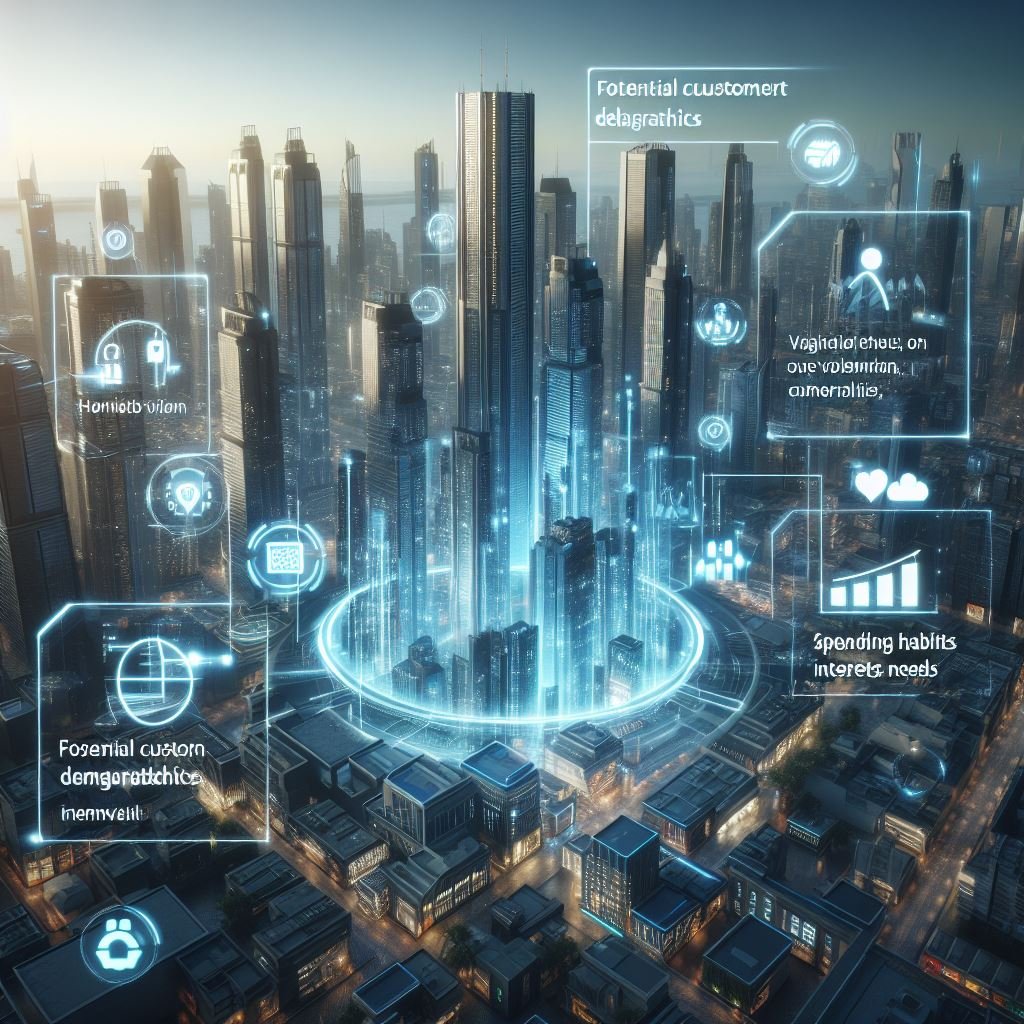What is Geo Fencing and Geo Targeting
Geofencing: Defining Virtual Boundaries
Geofencing is a location-based marketing technique that involves creating virtual boundaries (known as “geofences”) around physical locations such as stores, events, or neighborhoods. When someone with a mobile device enters or exits these predefined boundaries, it triggers specific actions or notifications1.
How Geofencing Works: The Basics
Setting Up Geofences: Marketers define these virtual boundaries using technologies like GPS, radio frequency identifiers, and beacon technology. These geofences can be as small as a storefront or as large as an entire city block.
User Entry or Exit: When a user enters or leaves the geofenced area, their mobile device detects this change in location.
Triggered Actions: The entry or exit serves as a trigger for various actions:
Push Notifications: Businesses can send targeted messages or promotions to users within the geofenced area. For example, a coffee shop might offer a discount to passersby.
Customized Ads: Advertisements can be tailored based on the user’s location. Imagine receiving an ad for a nearby restaurant just as you walk past it.
Analytics: Marketers gain insights into foot traffic, customer behavior, and engagement within specific geographic zones.
Benefits of Geofencing for Marketing
Enhance Local Sales:
Geofencing allows businesses to target local customers within a defined geographic area.
By sending push notifications or limited-time offers, businesses can boost sales from nearby customers.
Increase Analytics and Measurement:
Measuring local sales can be challenging. Geofencing provides a way to connect online efforts with in-store visits.
Marketers can analyze foot traffic and understand what drives customers to their physical locations.
Geolocation Marketing: Geo Targeting vs. Geofencing
Both geotargeting and geofencing fall under the umbrella of geolocation marketing. Here’s a quick comparison:
Geotargeting:
Targets consumers based on their general location (e.g., city, state, or country).
Useful for broader campaigns and reaching a larger audience.
Example: Displaying ads to all users in a specific city.
Geofencing:
Creates precise virtual boundaries around specific physical locations.
Targets consumers within these smaller, localized areas.
Example: Sending personalized offers to people near a retail store.
In our mobile-centric world, geofencing opens up exciting possibilities for marketers. It’s time to embrace this powerful tool and explore its potential for hyper-targeted, location-based marketing234.
Remember, the next time you receive a timely notification while passing by your favorite store, it’s likely the magic of geofencing at work! 📍📱
Thanks For Listening Everyone!
Use My Amazon Associate Link Below To Make Purchases
Commission Earned

